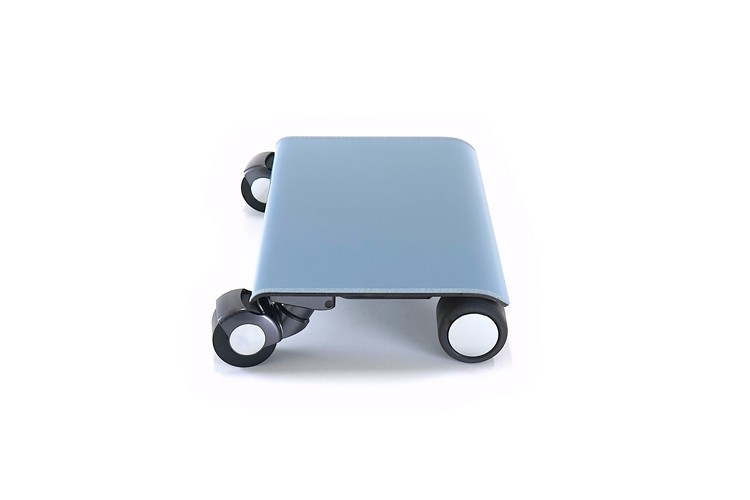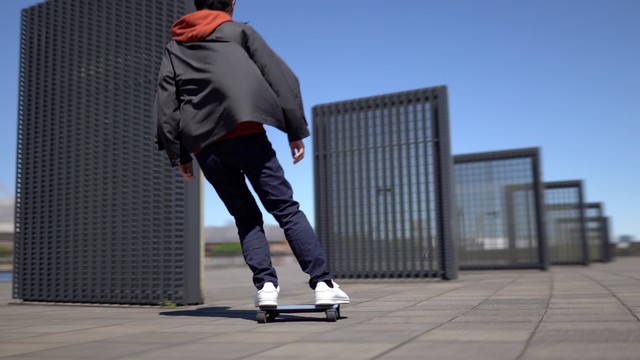In Australia, social distancing requirements and commercial restrictions have been eased quite substantially over the past few weeks. As life returns to some semblance of normality, there are still many regions across the world in stringent lockdown. For those people, life can be incredibly difficult, especially if the virus is threatening those you love (like older relatives or friends with severe chronic ailments).
Moreover, not everyone is returning to the same world they experienced before COVID-19, with job losses and entire industries struggling to stay afloat. For those struggling, here are a few simple lifestyle tips to strengthen your resolve and enhance your world view during this ongoing crisis.
Always have goals
Just because the world is struggling doesn’t mean you have to. It’s important not to lose sight of your goals. If you were in the job market before COVID-19, then don’t give up looking for work just because many companies have instituted hiring freezes. There is always something out there – you need to keep looking.
Try to be sociable, even if it’s online
If you’re in a place where lockdown is still being heavily enforced, you must stay in close contact with your friends and family. Even if you can’t physically see each other, try and schedule phone calls or Skype calls to maintain that connection. It can be a hassle and, let’s face it; it’s nowhere near as enjoyable as face to face communication. But at least it’s something!
Be productive
If you’re unable to work temporarily, then you may as well use some of your time to be productive. Make a list and start doing all the things you kept neglecting when your schedule was regular.






















































